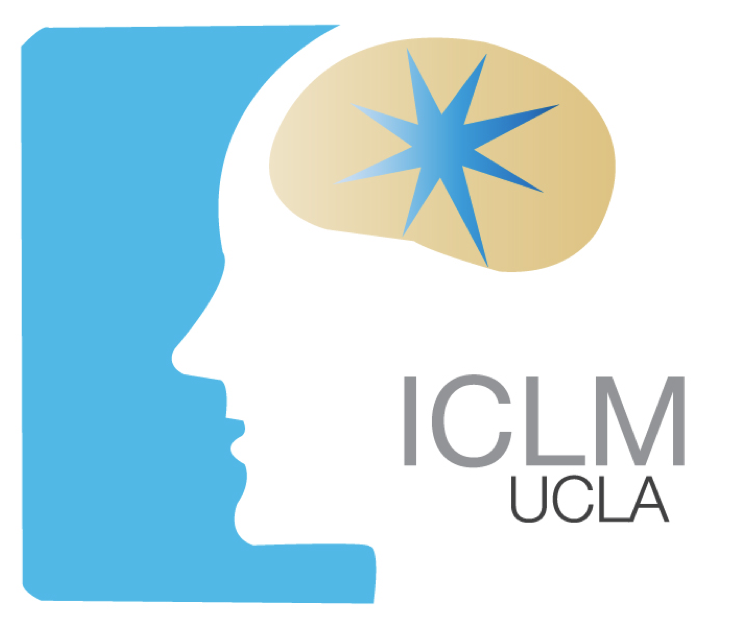
Weizhe Hong
The Hong Lab employs a multidisciplinary approach to identify the molecular and neural circuit mechanisms underlying normal social behaviors as well as their dysregulations in neuropsychiatric disorders. Social behaviors are essential for the survival and reproduction of animals. The control of social behavior is of particular importance in social species such as humans. Abnormalities in social behaviors are associated with several neuropsychiatric disorders, such as autism spectrum disorders and schizophrenia. Despite its importance, many fundamental questions regarding social behavior and its disorders still remain unanswered. We aim to understand how social behavior is regulated at the molecular and circuit level and how social behavior and social experience lead to molecular and circuit level changes in the brain. We study these questions across molecular, circuit, and behavioral levels by taking a multi-disciplinary approach and utilize a variety of experimental and computational technologies, including but not limited to optogenetics/chemogenetics, in vivo/vitro calcium imaging and electrophysiology, various genetic and molecular biology techniques, systems approaches such as next-generation sequencing and bioinformatics, and engineering and computational approaches such as machine learning and computer vision.
Recent Publications
Hong W, Kennedy A, Burgos-Artizzu XP, Zelikowsky M, Navonne SG, Perona P, Anderson DJ. (2015) Automated Measurement of Mouse Social Behaviors Using Depth Sensing, Video Tracking, and Machine Learning. Proc. Natl. Acad. Sci. USA. 112, E5351-5360.
Ward A*, Hong W*, Favaloro V, Luo L. (2015) Toll Receptors Instruct Axon and Dendrite Targeting and Participate in Synaptic Partner Matching in a Drosophila Olfactory Circuit. Neuron. 85, 1013-1028. (*co-first authors)
Hong W, Kim DW, Anderson DJ. (2014) Antagonistic control of social versus repetitive self-grooming behaviors by separable amygdala neuronal subsets. Cell. 158, 1348-1361.
Hong W. (2013) Assembly of A Neural Circuit. Science. 342, 1186.
Mosca TJ*, Hong W*, Dani VS, Favaloro V, Luo L. (2012) Trans-synaptic Teneurin signaling in neuromuscular synapse organization and target choice. Nature. 484, 237-241. (*co-first authors)
Hong W, Mosca TJ, Luo L. (2012) Teneurins instruct synaptic partner matching in an olfactory map. Nature. 484, 201-207.
 I.C. Learning & Memory
I.C. Learning & Memory